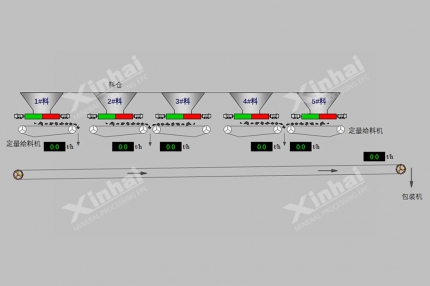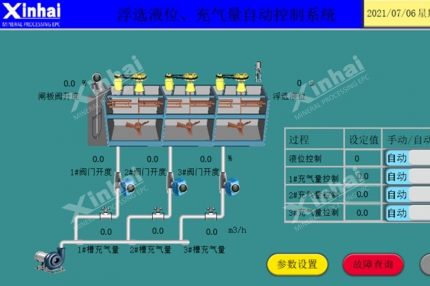As a key component of electric vehicles, lithium batteries have seen
explosive demand growth in recent years. This surge has driven the rapid
expansion of the lithium resource development industry. However, construction
lithium processing plants often presents several challenges, including unstable
processes, cost overruns, difficulties in multi-party coordination, and low
operational efficiency. The EPC+M+O model effectively addresses these issues. It
is a closed-loop management approach that spans from mineral processing tests to
plant operation, reducing construction delays and resource waste through
integrated project delivery. This article outlines the process and advantages of
using the EPC+M+O model to establish a lithium processing plant.
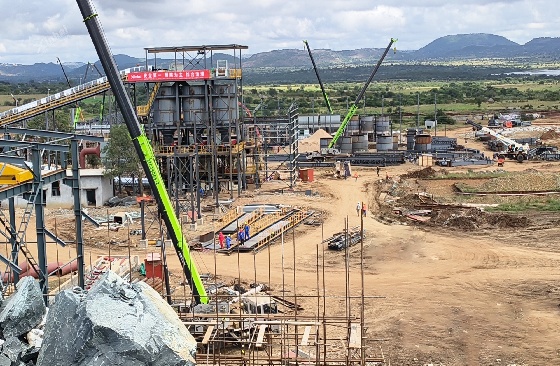
Use the table of contents below to navigate through the guide:
01Lithium processing plant construction process
1. Mineral dressing test
The mineral dressing test requires 50–200 kg of representative
ore samples. First, the ore properties are analyzed, including chemical
composition, mineralogical characteristics, and grain size distribution (mineral
liberation). Next, the physical properties of the ore are tested, including
hardness index, specific gravity, magnetic susceptibility, and electrical
conductivity differences.
Exploratory tests are conducted to verify technical feasibility, typically
including crushing and grinding tests, as well as pre-concentration and
rejection tests. Crushing and grinding tests help determine the appropriate
crushing circuit and grinding fineness for lithium ore. Pre-concentration and
rejection tests may involve dense medium separation (DMS) or sensor-based ore
sorting techniques such as X-ray or optical sorting.
Flotation condition tests are performed to optimize the type and dosage of
collectors, the selection of depressants, and pH adjustment. Dewatering and
tailings treatment tests are used to determine the appropriate models for
thickeners and dewatering equipment.
2. Process design
The process flow is designed based on the results of the lithium ore
beneficiation test. The lithium ore processing flow includes the following
stages:
Ore Pretreatment: The lithium ore is first crushed and
screened to a particle size below 15 mm. Pre-concentration is conducted via
dense medium separation (DMS). The ore is then subjected to grinding and
classification using a ball mill and spiral classifier, with the target particle
size controlled to -0.074 mm, accounting for 75%–90% of the material.
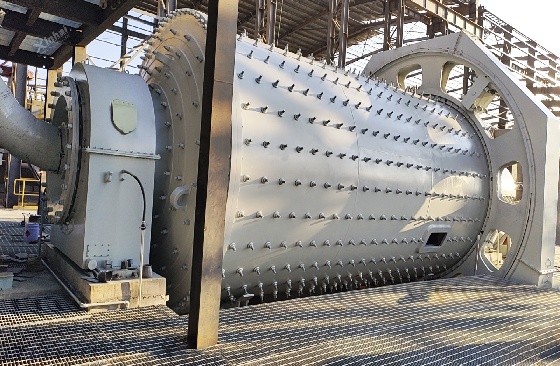
Lithium Extraction Process: Whether dealing with spodumene
or lepidolite, lithium extraction typically adopts a froth flotation
process.
For spodumene, the flotation process usually follows the sequence: roughing →
3–5 stages of cleaning → scavenging.
For lepidolite, the typical flotation flow is: pre-desliming → roughing →
reverse flotation.
Lithium Compound Synthesis: Sodium carbonate (Na₂CO₃) is
added to the lithium-bearing solution, and lithium carbonate is produced through
a precipitation reaction followed by centrifugal separation and drying. Calcium
hydroxide (Ca(OH)₂) is used to synthesize lithium hydroxide via a causticization
reaction, followed by filtration and evaporation crystallization.
Tailings Treatment: The tailings produced after flotation
occupy a large storage area. To reduce moisture content and environmental
impact, deep cone thickeners, dewatering screens, and related
equipment are used for tailings dewatering and dry
stacking.
3. Equipment manufacturing, installation and
commissioning
Equipment Manufacturing:
Mineral processing equipment is custom-designed based on the specific process
requirements and optimized using data from beneficiation test results. The core
equipment is independently developed by Xinhai to ensure high performance and
adaptability.
Equipment Installation:
During installation, a modular design approach is adopted to enable rapid
lifting and assembly. Millimeter-level precision calibration is performed using
laser levels and total stations. Strict quality control is implemented for
pipeline welding and electrical system safety. At the same time, the DCS
intelligent control system and sensor network are deployed. Upon completion of
installation, integrated material flow debugging is conducted to ensure all
system indicators meet the design specifications.
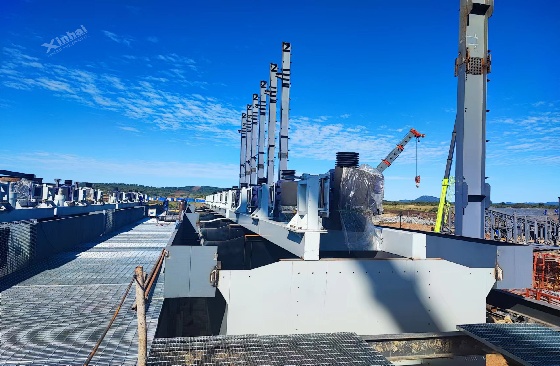
4. Plant Operation
After the lithium processing plant was commissioned, Xinhai Mining continued
to manage its operations, including operator training and equipment parameter
optimization. An intelligent data platform was utilized to dynamically adjust
reagent dosing, ensuring that the lithium recovery rate met project
expectations. Additionally, Xinhai provided environmental compliance support to
help ensure that wastewater and solid waste discharge met local environmental
regulations.
02Advantages of EPC+M+O model in construction lithium processing plants
1. Fixed-Price Contract
Through innovative planning, Xinhai tailors design solutions for each lithium
mining project and determines contract value using scientific and accurate
accounting methods, effectively avoiding budget overruns. A detailed
construction schedule and strict assessment system are implemented to prevent
repeated design changes and additional costs.
2. Guaranteed Compliance and Smooth Production
Xinhai provides customers with full-process management services and
integrated solutions, emphasizing the coordination and capacity matching of main
and auxiliary equipment throughout the production line. Our strong capabilities
in on-site process inspection, equipment diagnostics, and concentrator
supervision ensure compliance with design standards and stable production.
3. Avoiding Construction Delays
The EPC+M+O model offers a one-stop, full-cycle service that eliminates the
challenges of multi-party coordination. Xinhai considers equipment installation
and commissioning needs early in the design phase, ensuring seamless project
integration and on-time delivery, thereby avoiding construction delays.
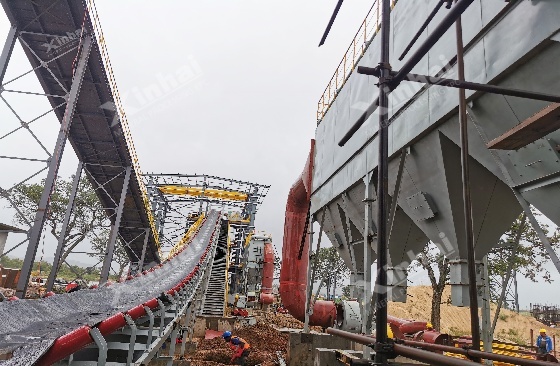
03EPC+M+O Lithium Processing Plant Project Case
In 2022, Xinhai Mining undertook a 2 million t/a lithium project in
Zimbabwe, delivering tailored mining industry chain services under the
EPC+M+O model—including design, equipment manufacturing and procurement, as well
as commissioning and delivery.
The beneficiation process designed by Xinhai includes:
Dense medium separation for petalite recovery → gravity separation for
tantalum and niobium → flotation for mica → flotation for spodumene.
The project entered trial operation in July 2023, taking just one year from
construction start to commissioning. Throughout the project, Xinhai ensured
steady progress and successful advancement into the trial production stage. In
the operational phase, Xinhai continues to showcase its strengths in mine
operation and management, further optimizing project investment, cost, and
returns.
In early 2025, Xinhai Mining received a thank-you letter from the Zimbabwe
client, praising the advanced beneficiation design, reliable equipment quality,
and professional operation team.
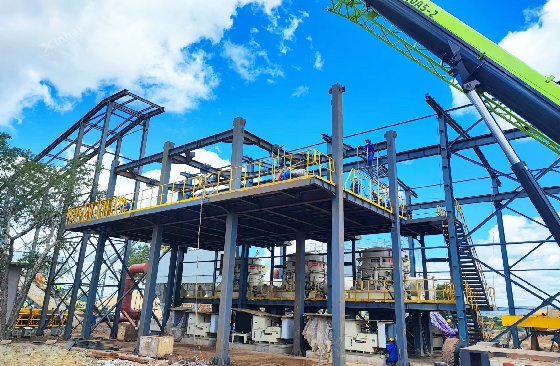
Conclusion
This article outlines the complete process of building a lithium processing
plant, highlights the advantages of the EPC+M+O model, and showcases Xinhai
Mining's project execution capabilities through a successful case in
Zimbabwe.
If you have any lithium ore processing needs, feel free to contact us!


 marketing@ytxinhai.com
marketing@ytxinhai.com  0086 13810327080
0086 13810327080 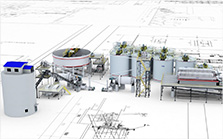
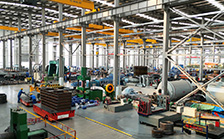
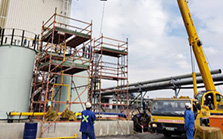

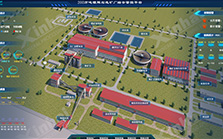
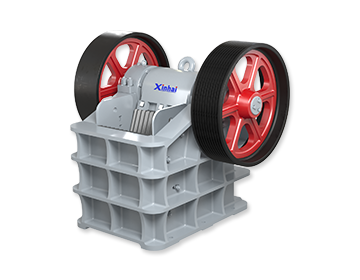
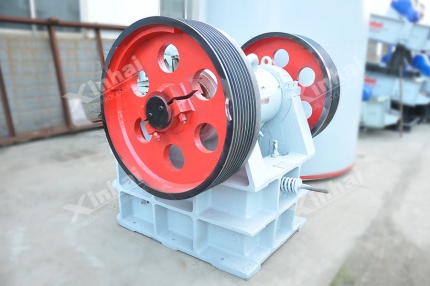

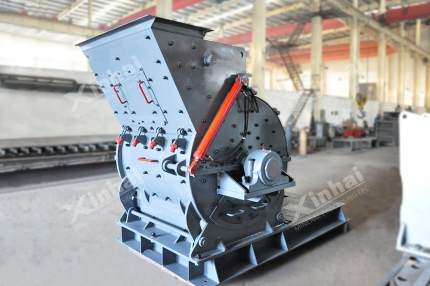
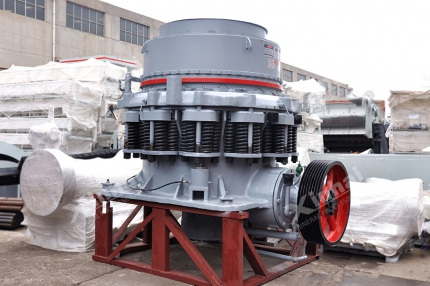
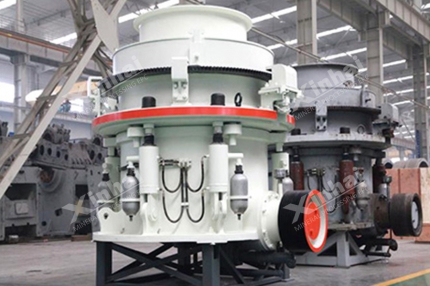
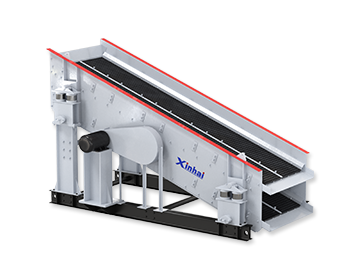
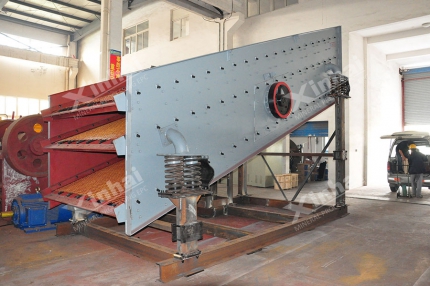
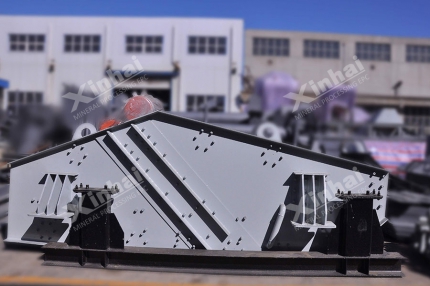
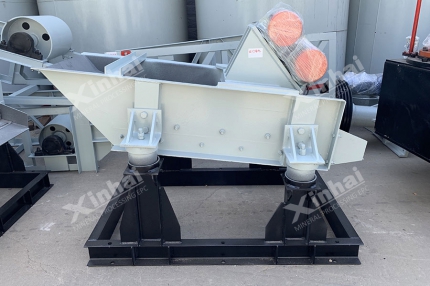
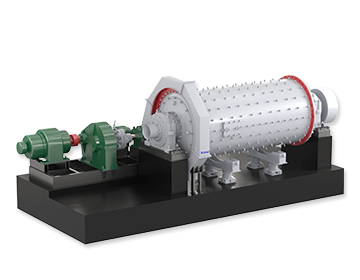
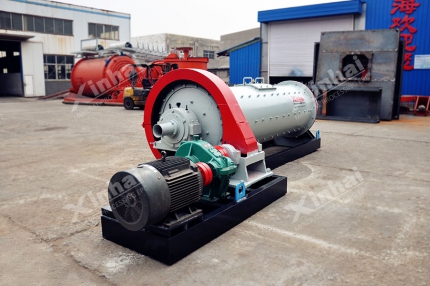
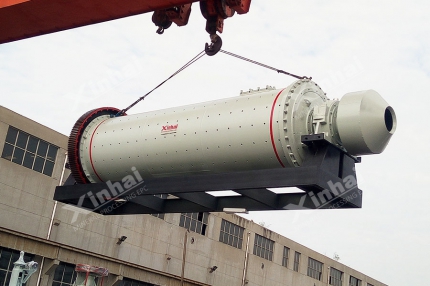
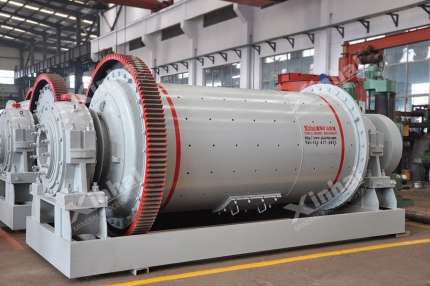
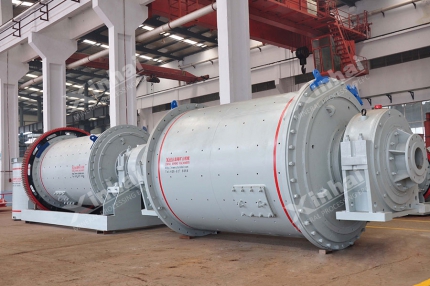
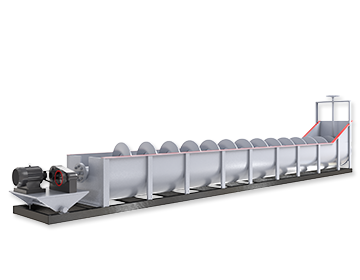
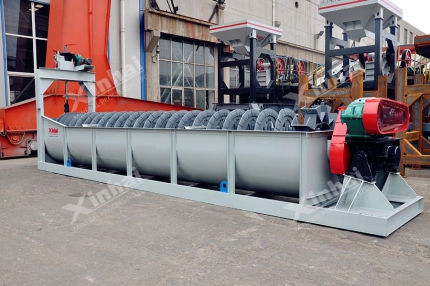
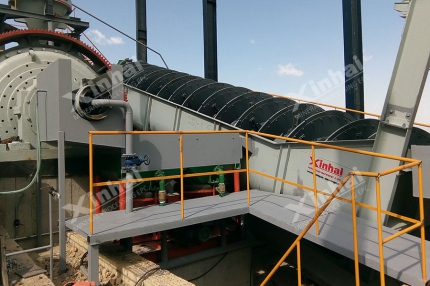
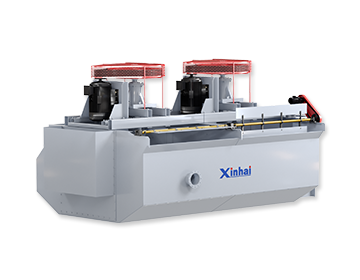
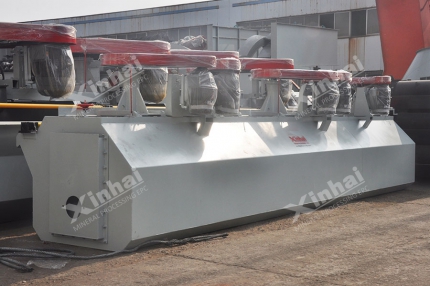
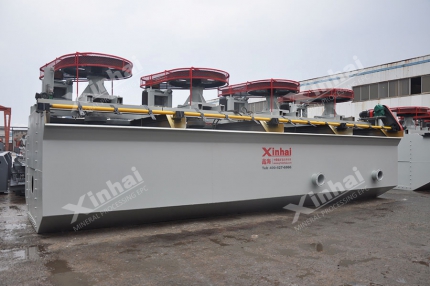
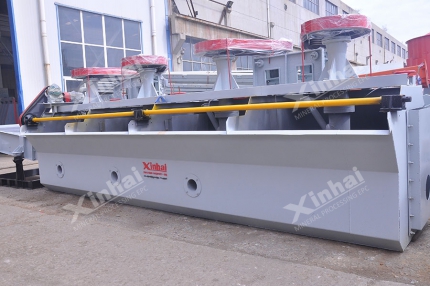
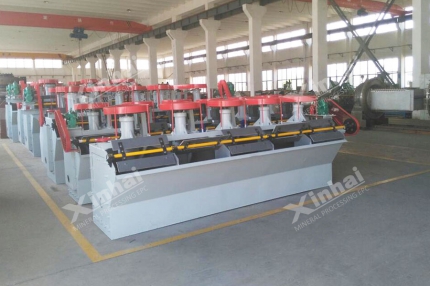
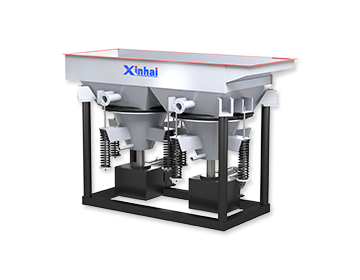
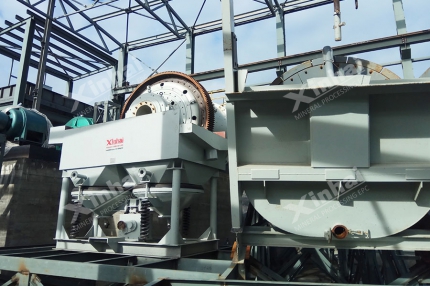
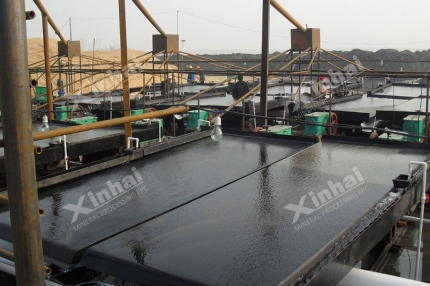
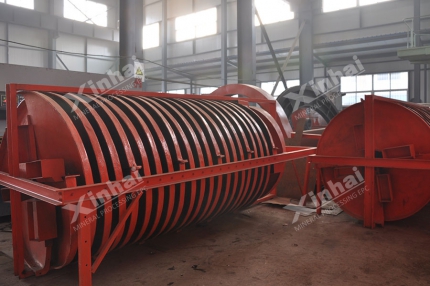
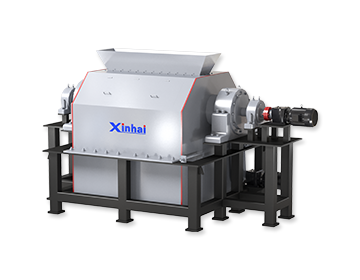
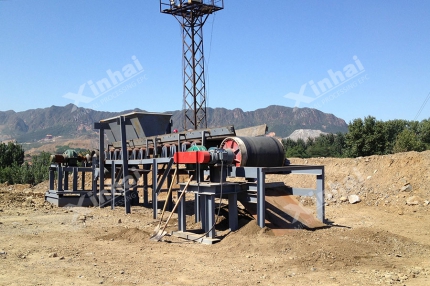
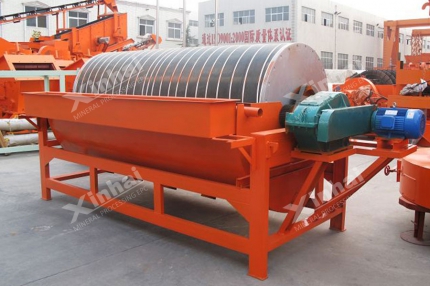
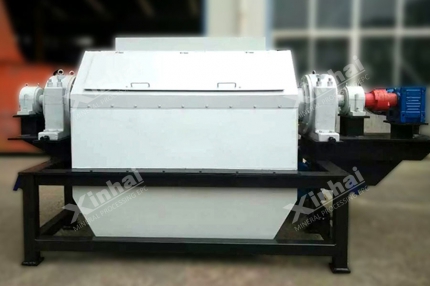
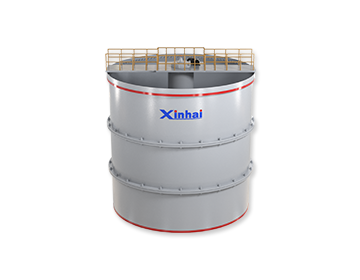
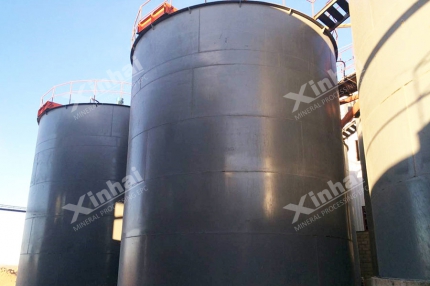
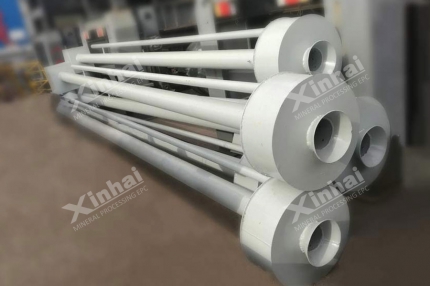
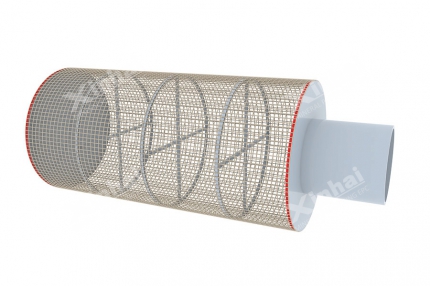
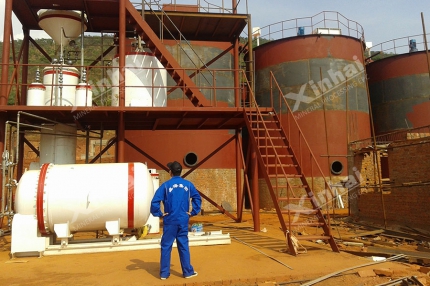
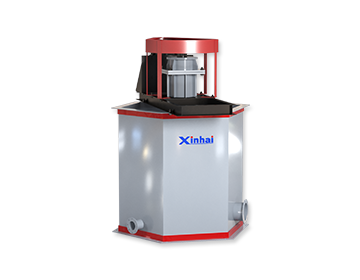
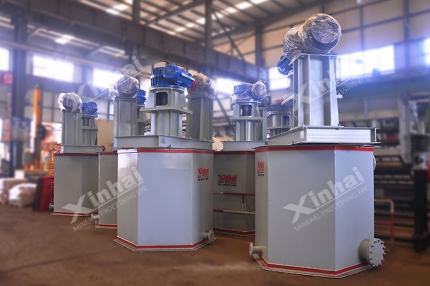
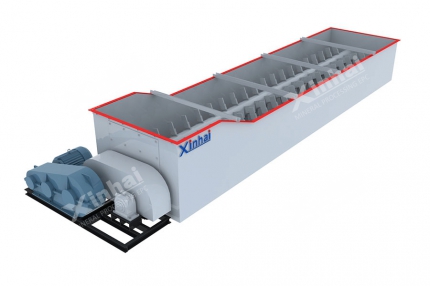
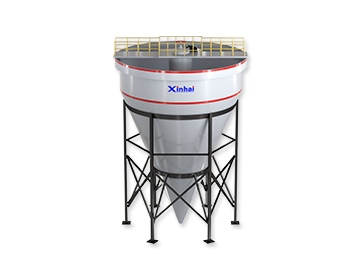
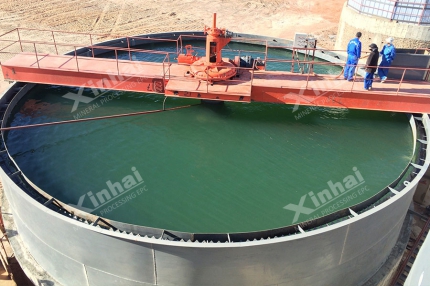
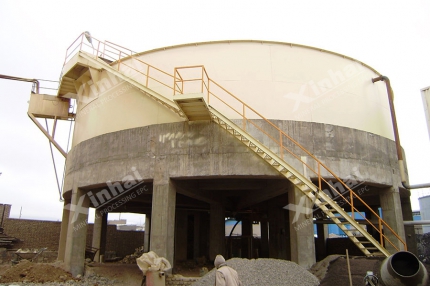
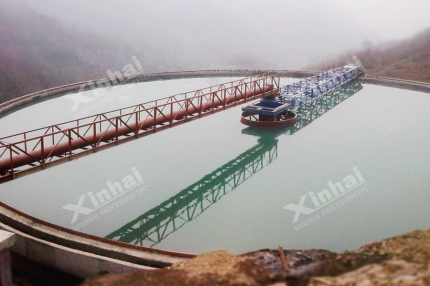
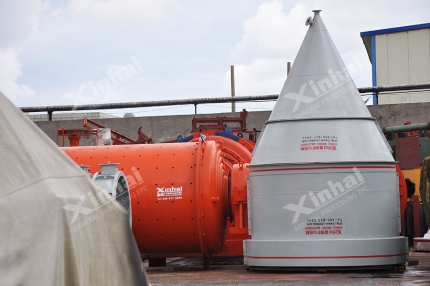
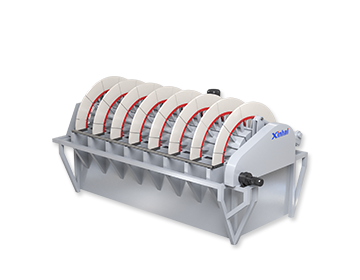
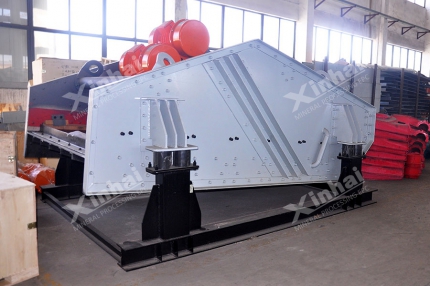
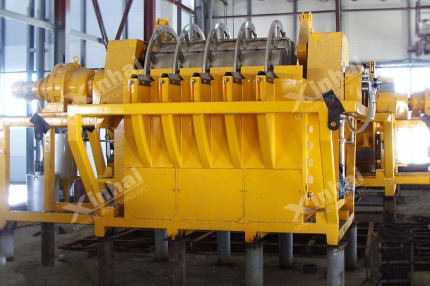
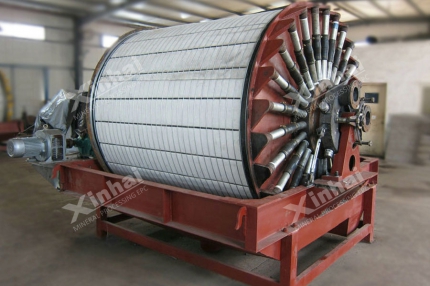
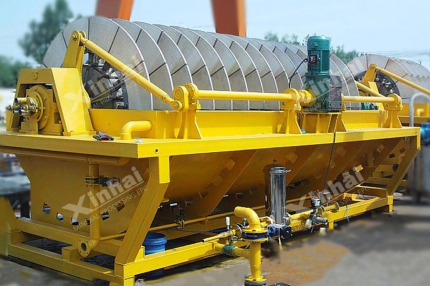
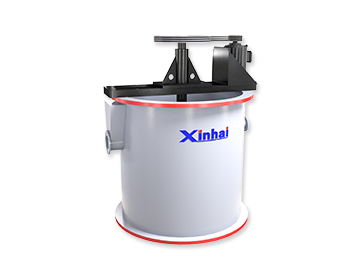
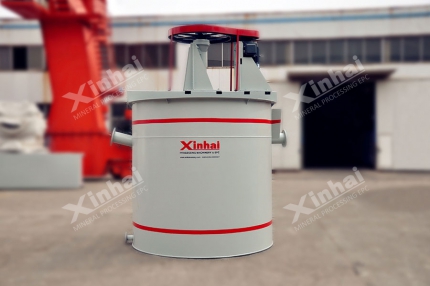
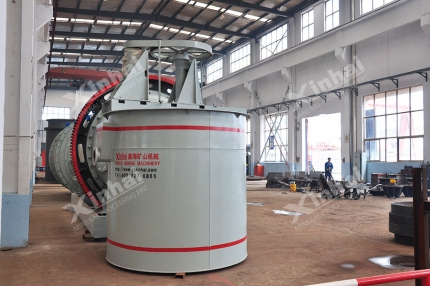
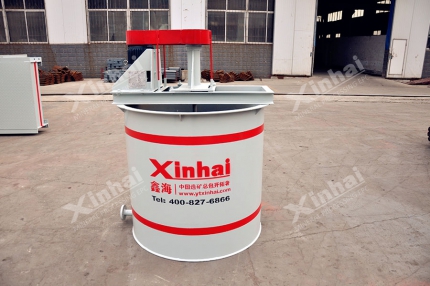
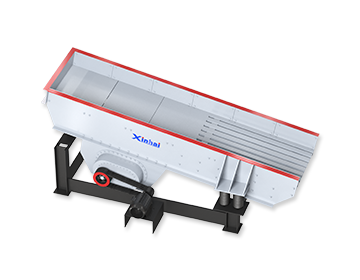
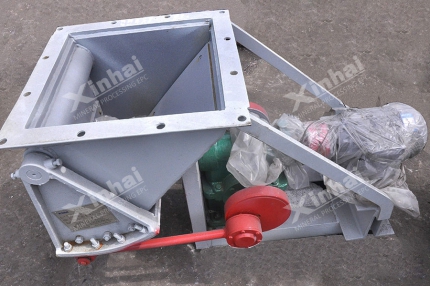
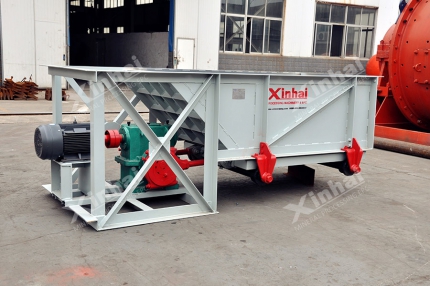
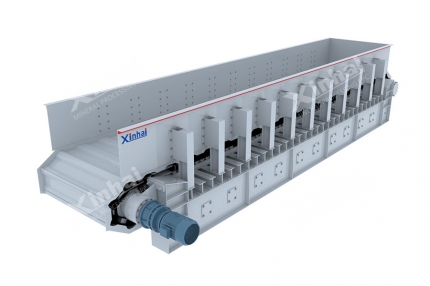
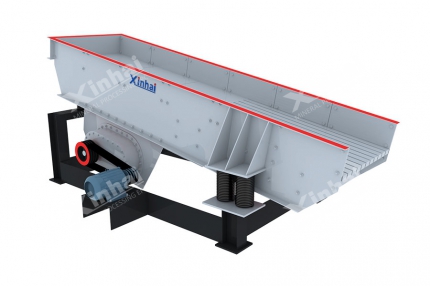
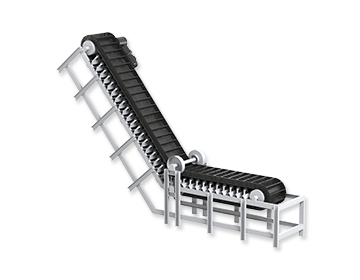
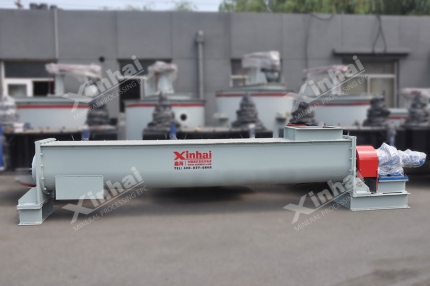
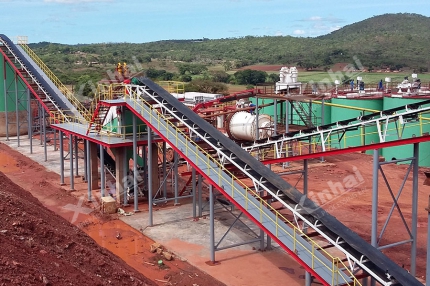
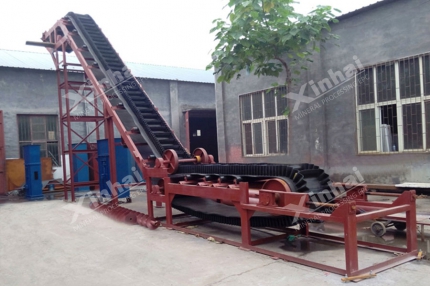
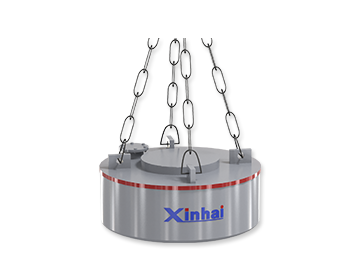
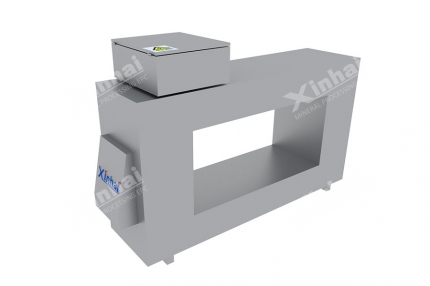
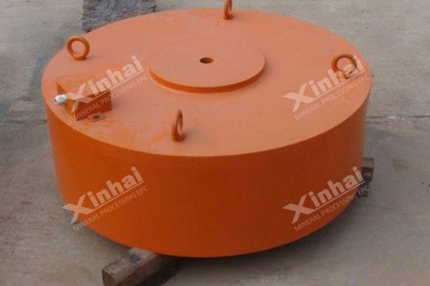
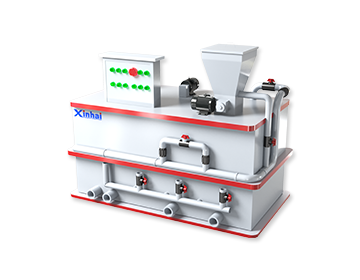
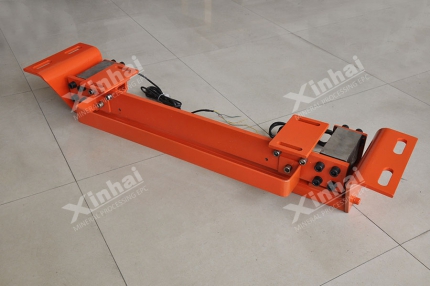
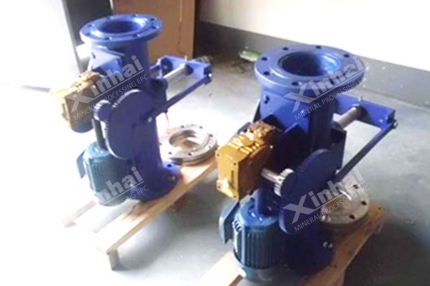
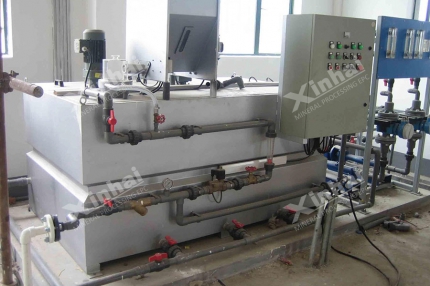
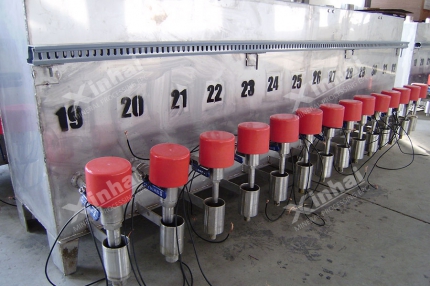
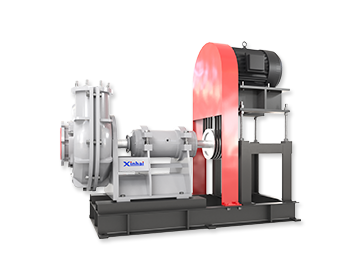
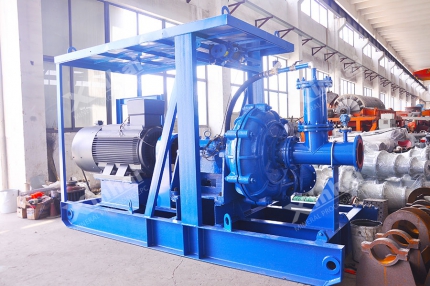
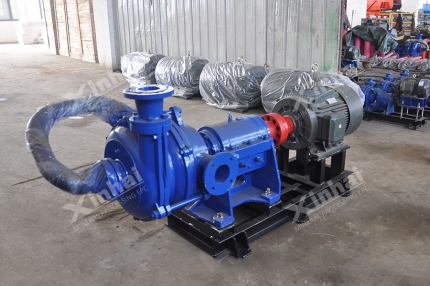
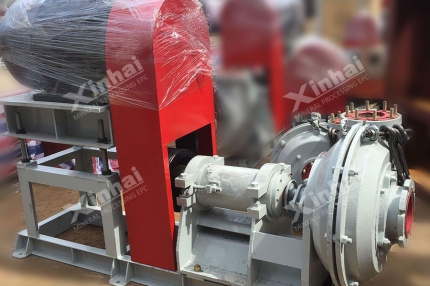
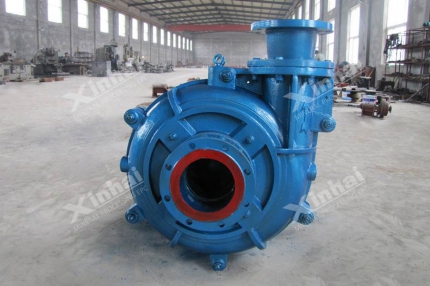
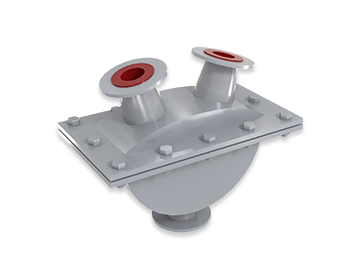
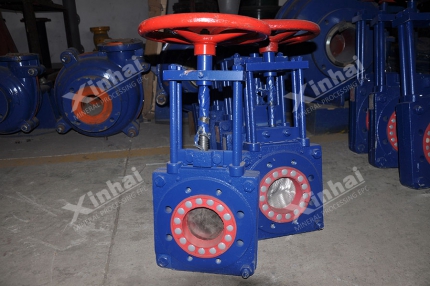
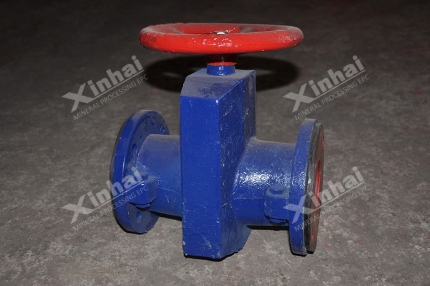
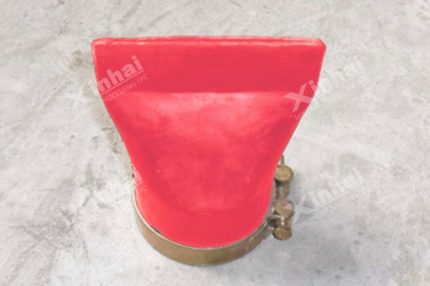
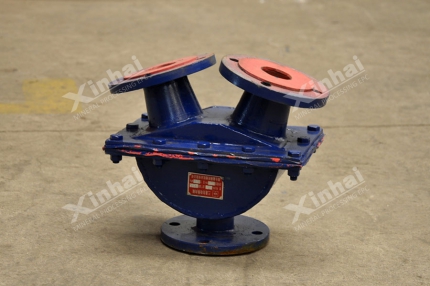
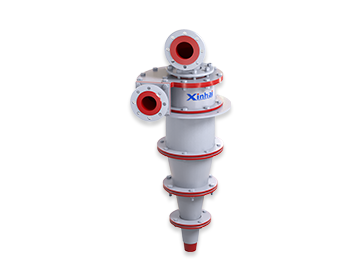
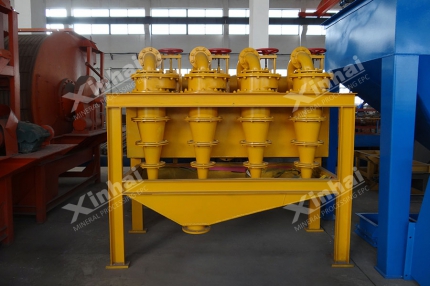
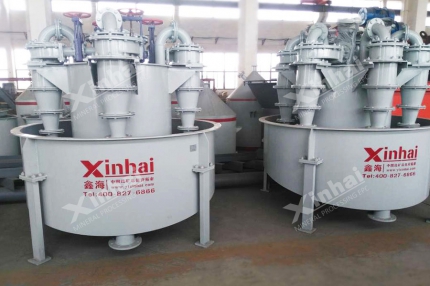
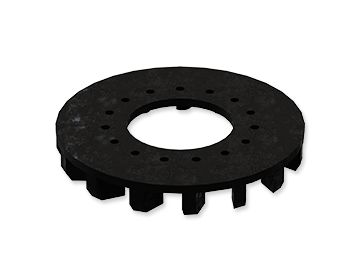
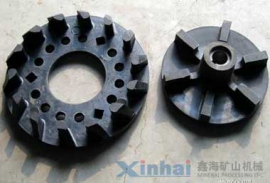
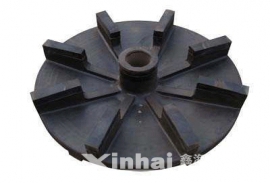
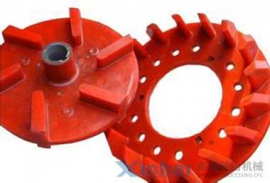
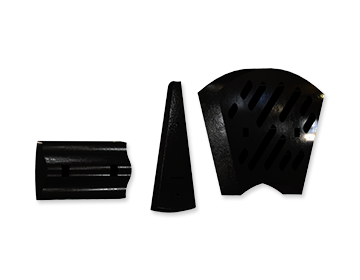
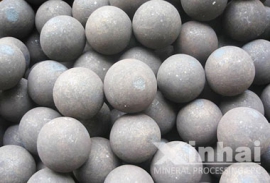
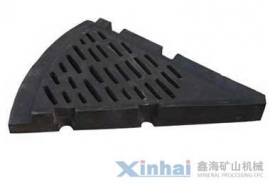
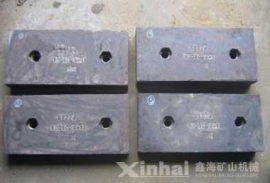
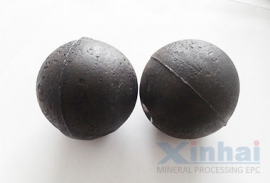






 CHAT
CHAT MESSAGE
MESSAGE




